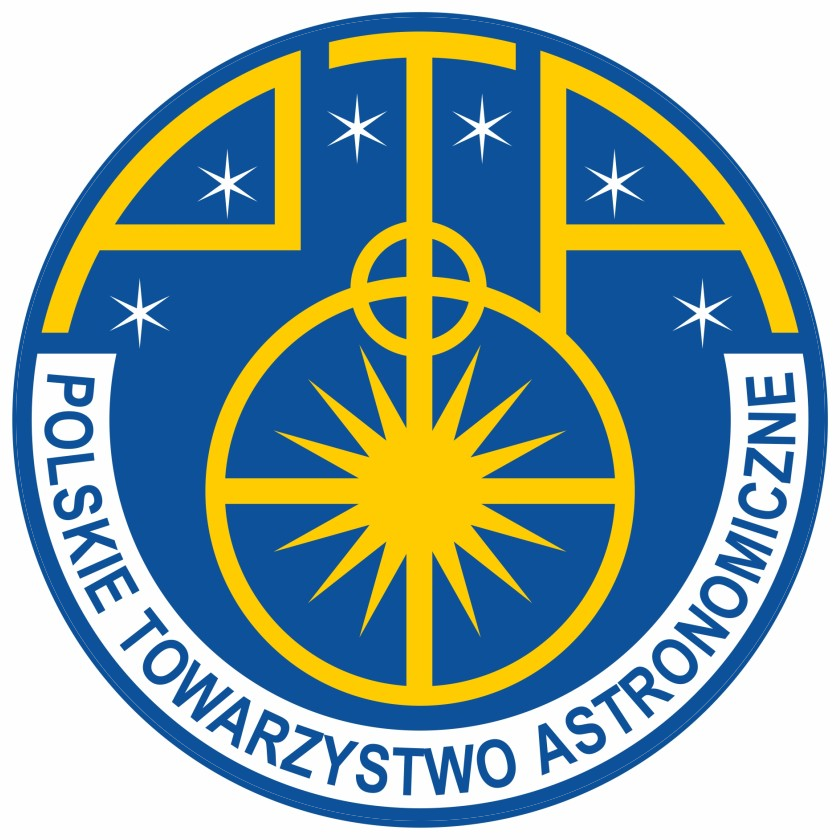Rajeev Singh Rathour
Centrum Astronomiczne im. M. Kopernika PAN
Sesja VI: Gwiazdy, układy gwiazd oraz materia międzygwiazdowa
Czwartek 14.09.2023 10:37 – 10:50
abstrakt:
Classical Cepheids (3-13 Msun) have been long known to be one of the benchmark stars for stellar evolution and pulsation studies. As these stars evolve across the instability strip, their internal structure change, altering their pulsation period. Period change studies via the virtue of Observed-Calculated (O–C) diagrams give a window to probe into the evolutionary and non-evolutionary aspects of these pulsating stars. While evolutionary period changes have been extensively studied, the non-evolutionary or irregular period changes on shorter time scales (a few hundred-thousand days) have received less attention. Moreover, cyclic period changes may indicate the presence of Cepheid in a binary system. There is no comprehensive search for classical Cepheids in binary systems using existing photometric surveys. By analyzing O-C diagrams of ~7200 Magellanic Cloud single mode Cepheids (fundamental and first overtone) from the Optical Gravitational Lensing Experiment (OGLE), we present a systematic search for Cepheids in binary systems and a detailed analysis of irregular period changes.
We apply the modified Hertzsprung technique to calculate O-C diagrams on more than 15 years of photometry data from OGLE-III and OGLE-IV. The O-C diagrams are categorized based on shapes into linear, parabolic, periodic and irregular classes. The periodic nature of the O-C diagrams is largely attributed to the light-travel time effect which is a signature of the binarity nature of Cepheid. These candidates are analyzed with Bayesian binary models, whereas the irregular candidates are quantified with non-parametric fits using Gaussian process models. We also present a comparative analysis of the binary parameter distribution across the metallicity field. Secondly, we present a comprehensive analysis to quantify and characterize, for the first time, the irregular period changes and provide their incidence rates, and association with amplitude changes, across pulsation modes.
The novelty of the work lies in the homogeneous dataset for the analysis, as well as in the optimum temporal baseline to capture such phenomena. The study is very important in terms of the binary sample which is valuable for precision astrophysics. Moreover, a quantitative understanding of irregular period change effects paves the way for disentangling irregular period changes from evolutionary ones and helps investigate the physical mechanism for the origin of these non-evolutionary period changes.
